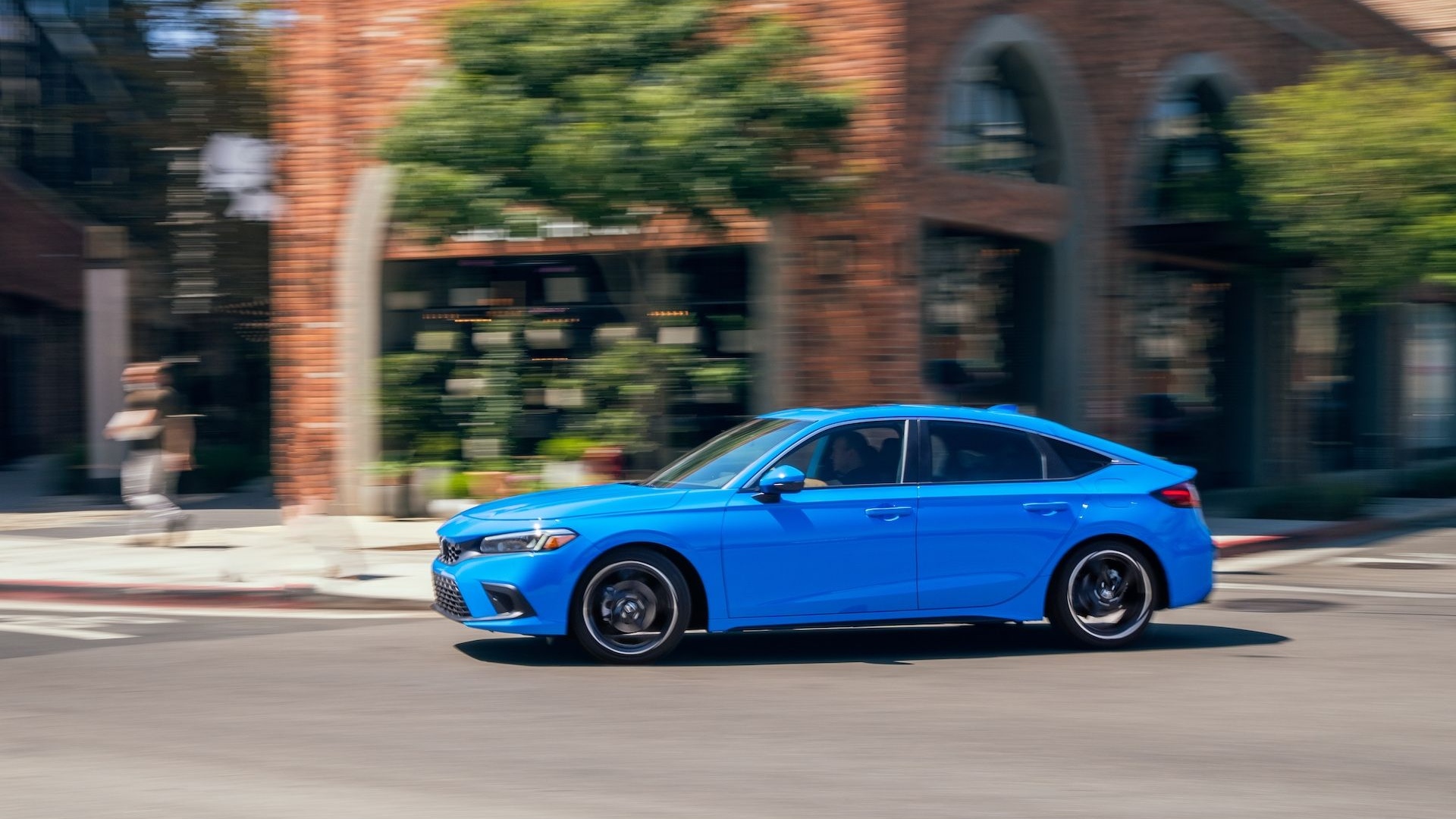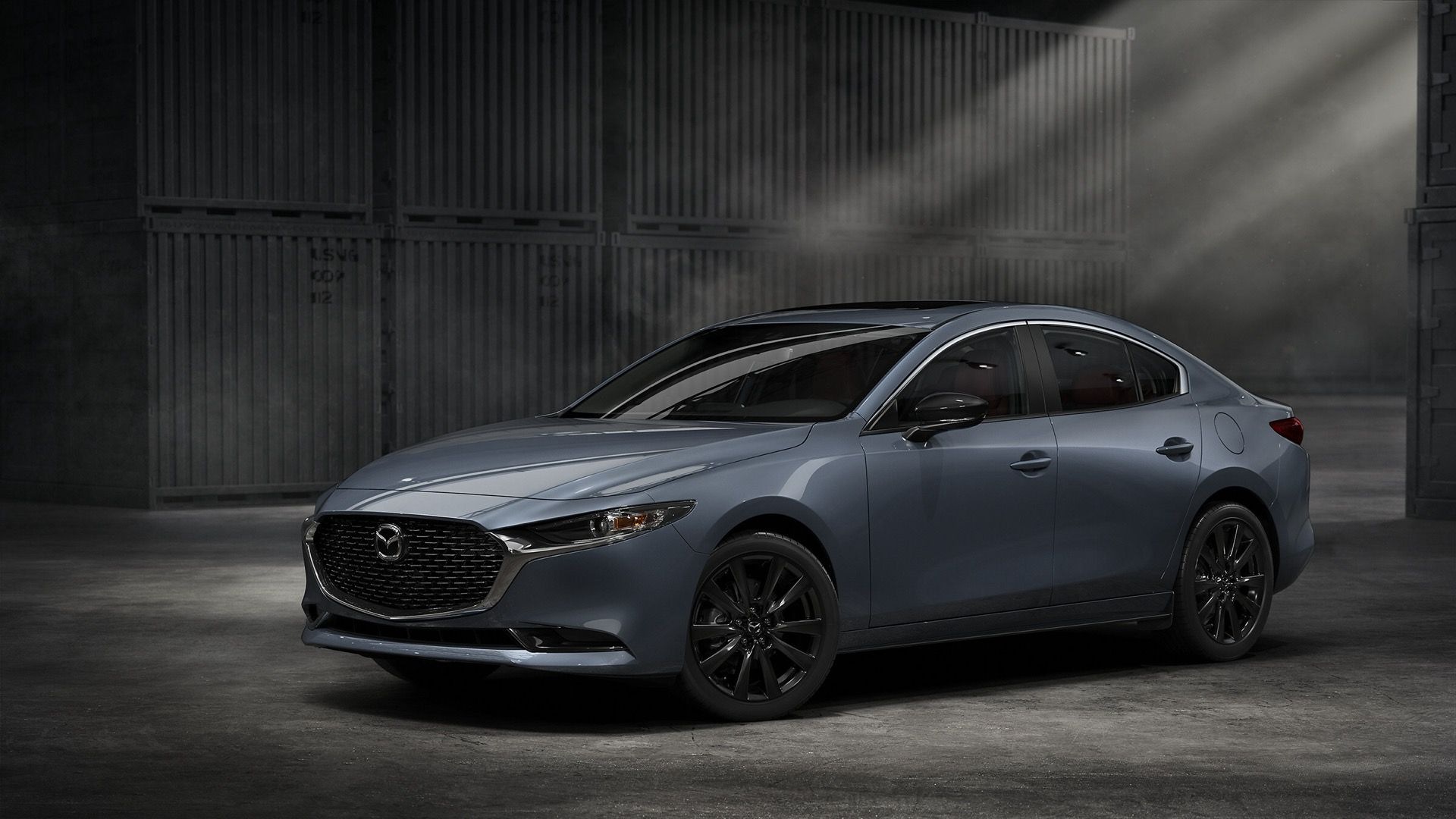The Honda Civic Type R is an impressive little beastie. In fact, if you missed it, we named Honda's hot hatch the Motor Authority Best Car To Buy 2018. We lauded its handling capabilities, and a major part of the magic is how Honda managed to basically eliminate torque steer in a 306-horsepower front-wheel-drive car.
Why doesn't it exhibit torque steer or at least much torque steer? Thankfully, Jason Fenske of Engineering Explained is here to, well...explain it.
First a definition. Torque steer occurs when engine torque actually affects a vehicle's steering. It's prevalent in high-power front-wheel-drive cars since the driven wheels are also the steering wheels.
Assuming a car has equal-length half-shafts, the two most important factors that lead to torque steer are the scrub radius, which is the distance between the tire's center contact patch and the steering axis, and the spindle length. The spindle length the distance from the steering axis to tire center line in the middle of the wheel instead of at the ground. As the distances grow, torque can influence the wheel and turn it. To eliminate torque steer, the goal is to position the steering axis perfectly in line with the tire's center line, which reduces both scrub radius and spindle length.
Now that you know what torque steer is and the major forces behind it, how did Honda eliminate it? The company designed a different suspension geometry to place the steering axis within the wheel itself. Thus, the steering axis is closer to the tire's center line and the scrub radius and spindle length are both reduced.
Is it perfect? No, but Jason says it's the best-executed high-horsepower front-drive car he's driven. He also goes out on the road to show an instance in which torque steer does rear its ugly head in the Civic Type R just slightly.
Check out the full explanation and a comparison to the regular Civic in the video above.


